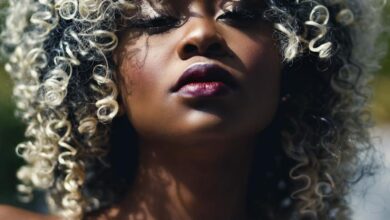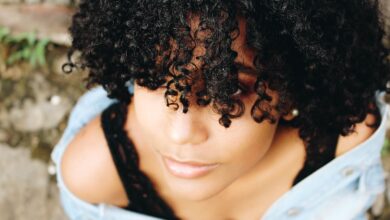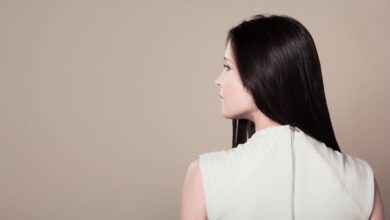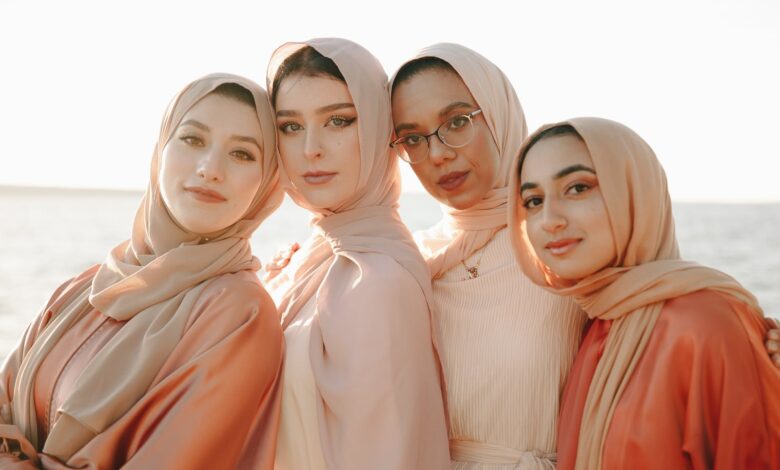
Are you a hijab-wearing woman looking for effective solutions to common hair concerns? Look no further than Stylish.ae! In this article, we will provide you with expert tips and advice on how to tackle hair issues that are specific to hijab wearers. Whether it’s managing frizz, promoting healthy hair growth, or preventing breakage, we’ve got you covered. Say goodbye to bad hair days and hello to confidence and style. Let Stylish.ae be your go-to source for all your hair care needs.

Hair Care Basics for Hijab-Wearing Women
Choosing the Right Hair Products
When it comes to hair care, choosing the right products is essential for hijab-wearing women. Opt for shampoos and conditioners that are gentle on the hair and scalp, avoiding those with harsh chemicals that can strip away natural oils. Look for products specifically formulated for your hair type, whether it is dry, oily, or normal. Additionally, products that provide hydration, nourishment, and protection can be beneficial in maintaining healthy hair under the hijab.
Keeping the Scalp Clean and Healthy
While the hijab provides coverage for the hair, it doesn’t mean you can neglect scalp hygiene. Regularly washing your hair and scalp is crucial for keeping them clean and healthy. Make sure to thoroughly cleanse your scalp to prevent the buildup of sweat, dirt, and excess oils. Use a gentle shampoo and massage it into your scalp to promote blood circulation and remove any impurities. Rinse your hair thoroughly to ensure there is no residue left behind.
Preventing Hair Damage and Breakage
Hair damage and breakage are common concerns for hijab-wearing women. To prevent this, it is important to handle your hair with care. Avoid pulling or tugging on your hair while putting on or removing your hijab. Opt for loose-fitting hijabs to minimize friction and reduce the risk of hair breakage. Additionally, using hair accessories, such as silk scrunchies or satin headbands, can help minimize damage to your hair.
Styling Tips for Healthy Hair
Although your hair is mostly covered by the hijab, it is still important to style it in a way that promotes hair health. Avoid tight hairstyles that pull on your hair, as they can lead to breakage and traction alopecia. Instead, opt for loose braids, ponytails, or gentle updos that don’t put too much pressure on your hairline. Additionally, make sure to give your hair breaks from styling to allow it to breathe and recover.

Dealing with Hair Loss
Understanding the Causes of Hair Loss
Hair loss can be a common concern among hijab-wearing women. There are several factors that can contribute to hair loss, including hormonal changes, stress, nutritional deficiencies, and genetic predisposition. Additionally, the friction caused by the hijab rubbing against the hair and scalp can contribute to hair loss in some cases. Understanding the underlying cause of your hair loss can help you identify the most suitable treatment approach.
Preventing and Treating Hair Loss
To prevent and treat hair loss, it is important to take a holistic approach. Start by addressing any underlying health conditions or deficiencies that may be contributing to the problem. Incorporate a balanced diet rich in vitamins and minerals essential for hair health. Additionally, practice stress management techniques and ensure you are getting enough sleep. In some cases, topical treatments, such as minoxidil, may be recommended by a healthcare professional to promote hair growth.
Natural Remedies for Hair Loss
If you prefer a more natural approach, there are various home remedies that may help promote hair growth and prevent hair loss. Some of these remedies include massaging the scalp with essential oils, such as rosemary or lavender oil, using onion juice as a scalp treatment, or applying aloe vera gel to the scalp. While these remedies may have some anecdotal evidence of effectiveness, it’s important to consult with a healthcare professional before trying them.
Managing Oily Hair
Causes of Excess Oil Production
Excess oil production can be a common concern for hijab-wearing women, as the hijab can trap heat and moisture on the scalp. This can lead to an overproduction of sebum, resulting in oily hair. Hormonal imbalances, genetics, and even certain hair care products can also contribute to oily hair. Understanding the causes can help you find effective solutions to manage oily hair.
Tips for Controlling Oiliness
To control oily hair, it is important to establish a regular hair washing routine. Wash your hair with a gentle shampoo every other day or as needed to remove excess oil and keep your scalp clean. Avoid using hot water while washing your hair, as it can stimulate oil production. Instead, opt for lukewarm or cool water. Additionally, avoid using heavy conditioners or styling products that can weigh down your hair and make it appear greasy.
Products to Manage Oily Hair
Choosing the right hair care products can make a significant difference in managing oily hair. Look for shampoos that are specifically formulated for oily hair types, as they help regulate sebum production without stripping away essential moisture. Avoid products that contain heavy oils or silicones, as they can exacerbate oiliness. Dry shampoos can also be a handy tool to quickly absorb excess oil between washes.
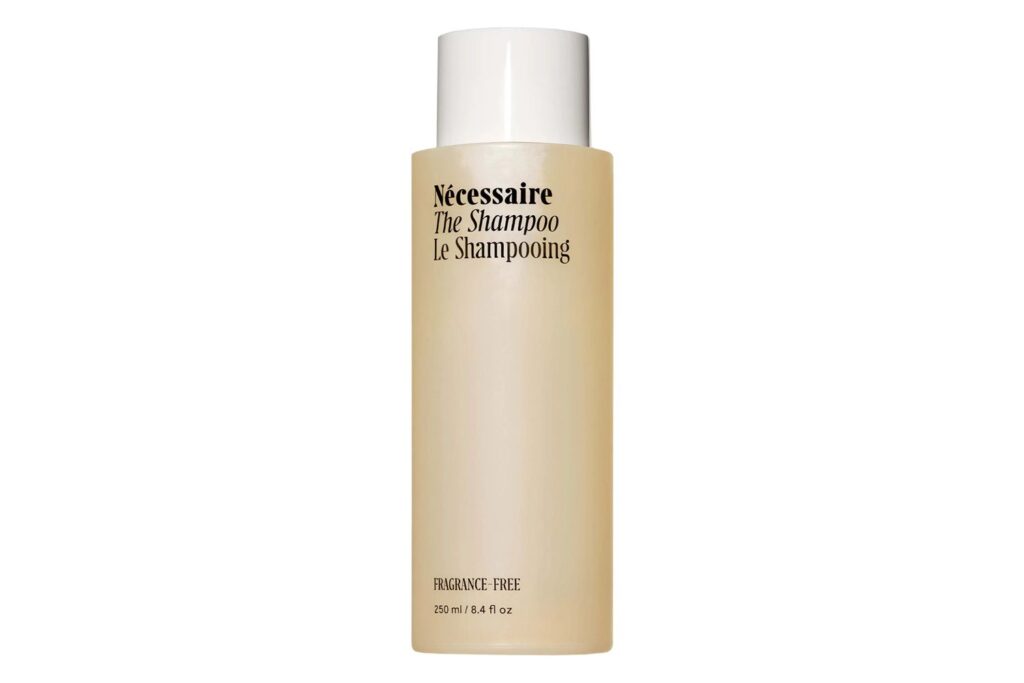
Solutions for Dry and Damaged Hair
Identifying and Treating Dry Hair
Dry hair can be a common concern, especially for hijab-wearing women who may experience limited exposure to air and sunlight. Dry hair can be caused by various factors, such as excessive heat styling, chemical treatments, or environmental factors. To identify dry hair, look for signs of brittleness, frizziness, and dullness. Treating dry hair involves replenishing moisture and nourishment to improve its overall health.
Repairing and Nourishing Damaged Hair
Damaged hair requires intensive treatment to restore its health and vitality. Use deep conditioning treatments or hair masks once a week to provide your hair with the necessary hydration and nutrients. Look for products that contain ingredients like argan oil, coconut oil, or shea butter, as they are known for their moisturizing and repairing properties. Additionally, avoid excessive heat styling or chemical treatments that can further damage your hair.
Home Remedies for Dry and Damaged Hair
If you prefer natural remedies, there are several options to nourish and repair dry and damaged hair. Coconut oil and olive oil are popular choices as they can penetrate the hair shaft and provide deep hydration. Apply the oil to your hair, focusing on the ends, and leave it on for a few hours or overnight before washing it out. You can also create a homemade hair mask using ingredients like avocado, mayonnaise, or yogurt, which are known for their moisturizing properties.
![]()

Combatting Frizzy Hair Under Hijab
Causes of Frizz
Frizz can be a common frustration for hijab-wearing women. Various factors, such as humidity, dryness, friction, and damaged hair cuticles, can contribute to frizz. The lack of airflow and excessive heat trapped under the hijab can exacerbate the problem. By understanding the causes of frizz, you can take steps to prevent and tame it.
Preventing and Taming Frizz
To prevent and tame frizz, it’s important to keep your hair hydrated and moisturized. Use a moisturizing shampoo and conditioner that help seal the hair cuticles and prevent moisture loss. Avoid rubbing your hair vigorously with a towel after washing, as it can cause friction and lead to frizz. Instead, gently squeeze out excess water and pat your hair dry. Additionally, consider using anti-frizz serums or creams to smooth down the hair cuticles and minimize frizz.
Products and Techniques for Frizz Control
There are various products and techniques that can help control frizz. Look for hair serums or oils that contain ingredients like argan oil or silicone, as they can provide a barrier against humidity and reduce frizz. When styling your hair, avoid using heat styling tools on high heat settings, as excessive heat can contribute to frizz. Opt for low heat or air-drying methods instead. Additionally, using a wide-toothed comb or a detangling brush when your hair is damp can help minimize frizz.

Avoiding Dandruff and Itchy Scalp
Understanding the Causes of Dandruff
Dandruff and an itchy scalp can be common concerns for hijab-wearing women. Itchy scalp can be caused by various factors, including dryness, fungal infections, or sensitivity to hair products. Dandruff, on the other hand, is often caused by an overgrowth of yeast on the scalp. By understanding the causes, you can take steps to prevent and treat dandruff and itchiness.
Tips for Preventing and Treating Dandruff
To prevent and treat dandruff, it is important to maintain a clean and healthy scalp. Regularly wash your hair with a dandruff-fighting shampoo that contains ingredients like zinc pyrithione or ketoconazole. Gently massage the shampoo into your scalp to help remove flakes and reduce itchiness. If over-the-counter shampoos don’t provide relief, consult a dermatologist who can prescribe stronger treatments or provide further guidance.
Natural Remedies for Itchy Scalp
If you prefer natural remedies, there are several options that may help alleviate an itchy scalp. Applying aloe vera gel directly to the scalp can provide soothing relief. Tea tree oil is another effective natural remedy, as it has antifungal and antibacterial properties. Mix a few drops of tea tree oil with a carrier oil, such as coconut oil, and gently massage it into your scalp. Remember to do a patch test before trying any new natural remedy.
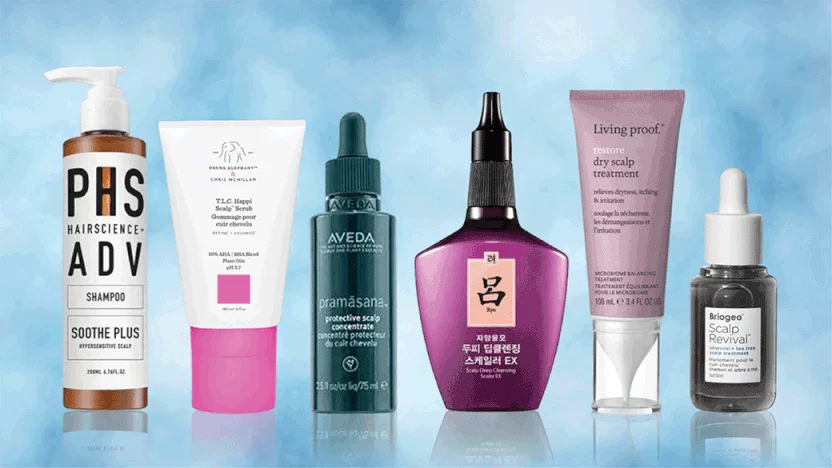
Preventing Hair Breakage
Causes of Hair Breakage
Hair breakage can be a common concern, especially for hijab-wearing women who may experience friction and tension on their hair due to the hijab. Additionally, excessive heat styling, tight hairstyles, or chemical treatments can also contribute to hair breakage. Understanding the causes can help you take preventive measures to protect your hair.
Protective Hairstyles to Prevent Breakage
To prevent hair breakage, opt for hairstyles that minimize tension and friction on the hair. Loose braids, low buns, or gentle updos are great options to keep your hair protected. Avoid tight ponytails, cornrows, or any hairstyle that pulls tightly on your hairline, as they can lead to breakage and traction alopecia. Additionally, using silk or satin scrunchies, hair ties, or headbands can help minimize friction and reduce the risk of breakage.
Tips for Handling and Brushing Hair
Proper hair handling and brushing techniques are important to prevent hair breakage. When handling your hair, be gentle and avoid pulling or tugging on it. Use a wide-toothed comb or a brush with flexible bristles to detangle your hair, starting from the ends and working your way up. Avoid brushing your hair while it is wet, as it is more prone to breakage. Instead, use a wide-toothed comb or your fingers to gently remove any tangles.

Maintaining Healthy Hair Length
Tips for Promoting Hair Growth
Maintaining healthy hair length requires a combination of good hair care practices and overall health. Ensure you are getting a balanced diet rich in vitamins and minerals that support hair growth, such as biotin, vitamins A, C, and E. Stay hydrated and manage stress levels, as they can impact hair health. Additionally, avoid excessive heat styling, chemical treatments, and tight hairstyles that can cause damage and hinder hair growth.
Preventing Split Ends
Split ends can prevent your hair from reaching its full length potential. To prevent split ends, it is important to keep your hair well-nourished and moisturized. Use a conditioner regularly to keep your hair hydrated and apply a small amount of hair oil or serum to the ends of your hair to prevent dryness. Additionally, avoid using heat styling tools on high heat and minimize the use of chemical treatments as they can contribute to split ends.
Trimming and Maintaining Hair Length
Regular trims are essential for maintaining hair length. Trimming your hair every 6 to 8 weeks helps get rid of split ends and prevents them from traveling up the hair shaft, leading to further damage. This allows your hair to grow in a healthier and more even manner. Communicate with your stylist about your hair goals and the amount you want to be trimmed to ensure you maintain your desired hair length while keeping your hair healthy.
Caring for Different Hair Types
Understanding Different Hair Textures
Hair texture can vary greatly among individuals, and it’s important to understand your specific hair type to effectively care for it. Hair can be categorized into three main types: curly, straight, and wavy. Each hair type has unique characteristics and requires tailored care to maintain its health and appearance.
Specific Tips for Curly, Straight, and Wavy Hair
Curly hair tends to be more prone to dryness and frizz. To care for curly hair, it is essential to provide ample moisture through deep conditioning treatments and avoiding harsh shampoos that can strip away natural oils. Straight hair, on the other hand, can become greasy more easily, so gentle cleansing and avoiding heavy products are crucial. Wavy hair falls between curly and straight, and it benefits from products that enhance its natural texture while providing hydration and control.
Recommended Products for Each Hair Type
Choosing the right products for your hair type can make a significant difference in its appearance and health. For curly hair, look for sulfate-free shampoos and conditioners that provide hydration and definition. Use leave-in conditioners, curl creams, or gels to enhance the natural curl pattern. Straight hair benefits from volumizing shampoos and lightweight conditioners that provide moisture without weighing it down. Wavy hair can benefit from products that enhance its natural texture, such as texturizing sprays or sea salt sprays.
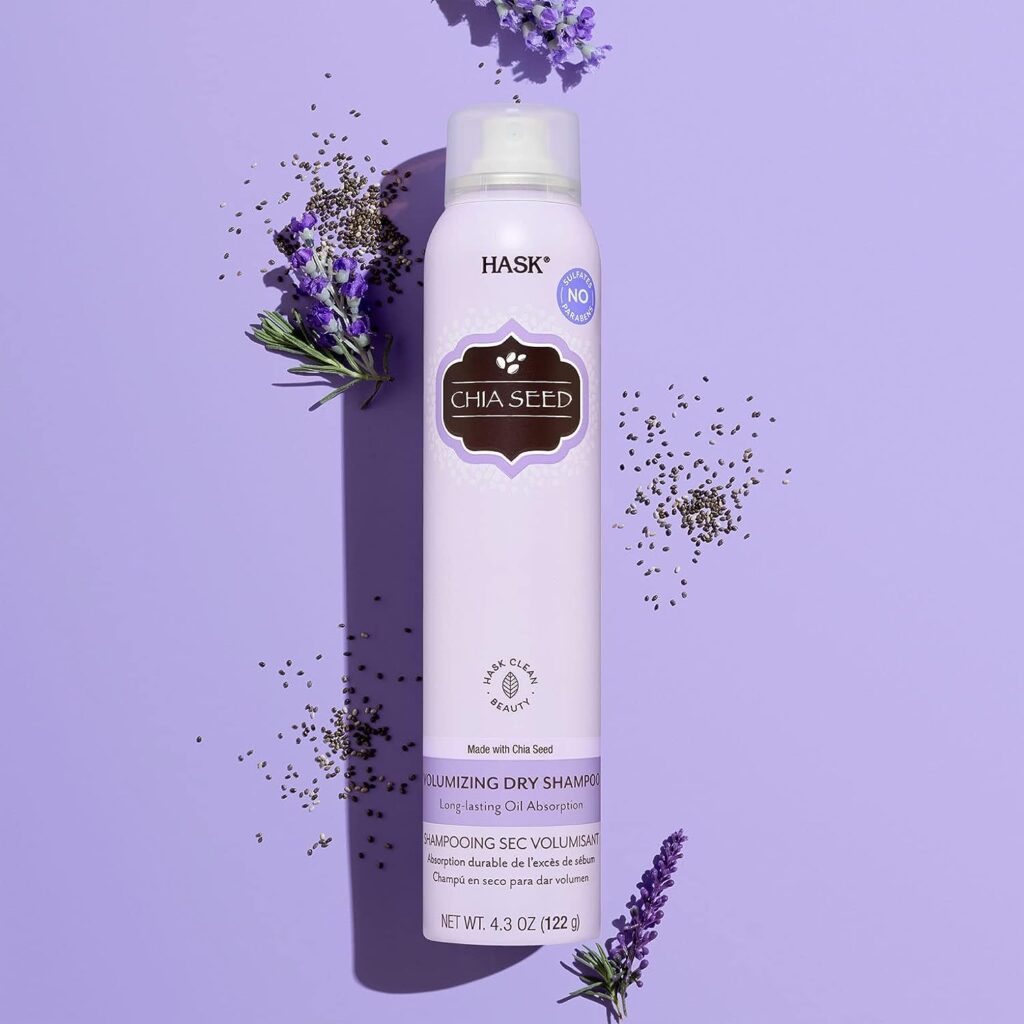
Balancing Hairstyles with Hijab
Choosing Hijab-Friendly Hairstyles
Balancing hairstyles with the hijab can be challenging, but there are plenty of options that can provide both style and comfort. Loose braids, low buns, ponytails, or gentle updos are versatile hairstyles that can be easily combined with the hijab. These hairstyles not only work well under the hijab but also help protect your hair from friction and tension. Experiment with different styles to find what works best for you and complements your personal style.

Accessorizing Hijab for Stylish Looks
Accessorizing your hijab can add a touch of style to your overall look. Consider using decorative pins, brooches, or clips to secure your hijab in place and add a pop of color or sparkle. Opt for accessories that are lightweight and won’t weigh down your hijab or cause discomfort. Don’t be afraid to experiment with different patterns, colors, or textures to create unique and stylish looks that reflect your personality.

Quick and Easy Hairstyles
For busy days or when you’re short on time, having quick and easy hairstyles at your disposal can be a lifesaver. Try the twisted bun, where you twist your hair into a bun and secure it with bobby pins. The side braid or fishtail braid is another simple yet elegant option. You can also experiment with different headscarf styles, such as the turban or wrapped hijab, for a quick and trendy look. These hairstyles are not only convenient but also keep your hair protected and manageable throughout the day.
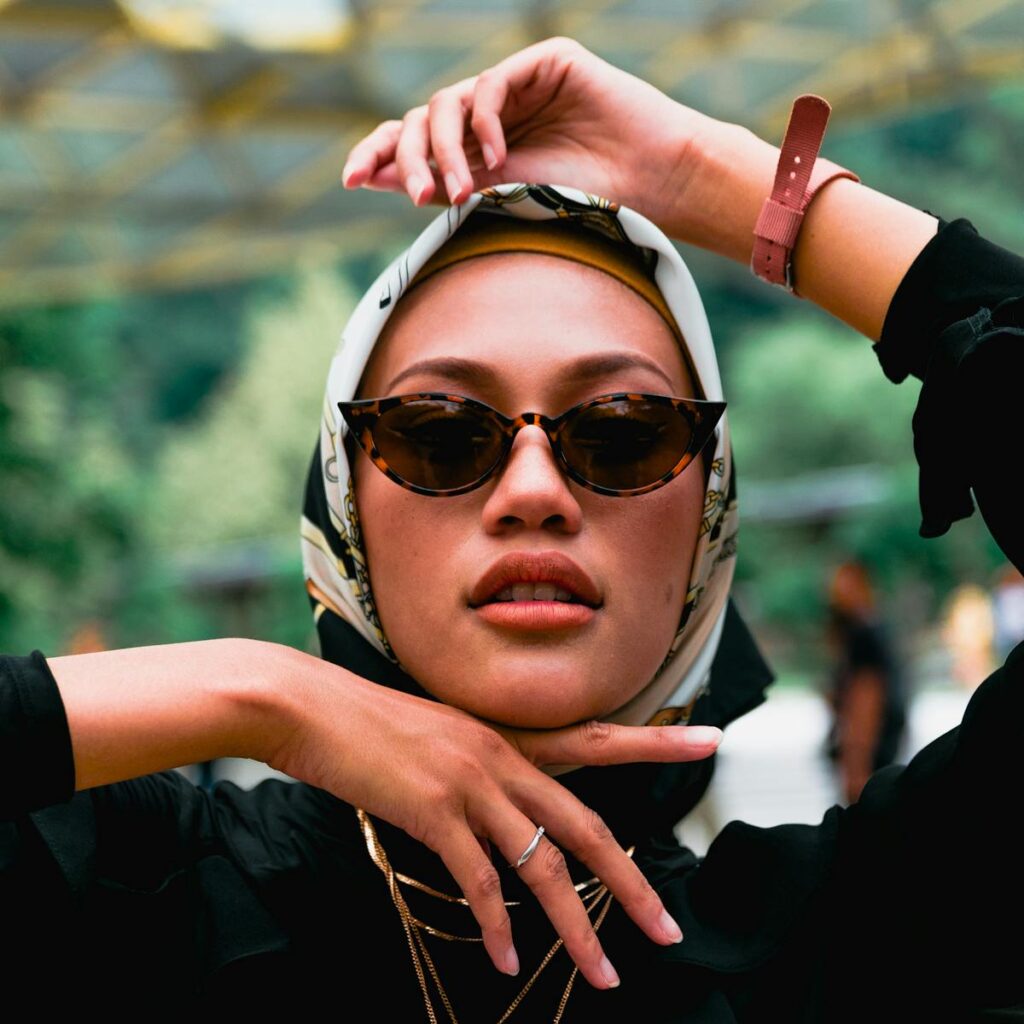
In conclusion, taking care of your hair as a hijab-wearing woman is essential for maintaining healthy and beautiful hair. By choosing the right products, keeping the scalp clean and healthy, and taking preventive measures against common hair concerns, you can ensure that your hair remains strong, vibrant, and stunning even under the hijab. With the right hair care routine and a bit of creativity, you can have hair that shines beautifully from beneath your headscarf.

